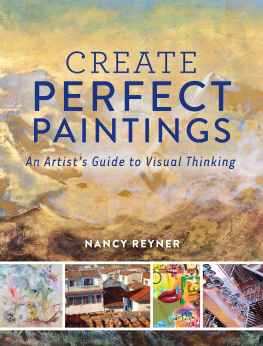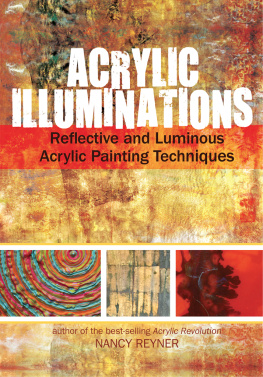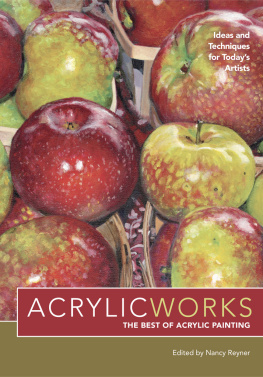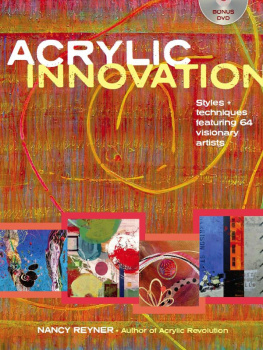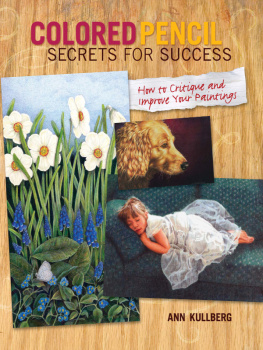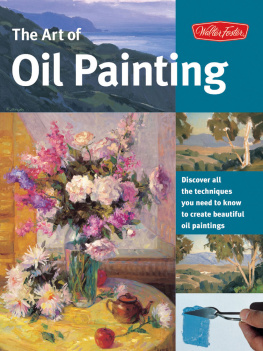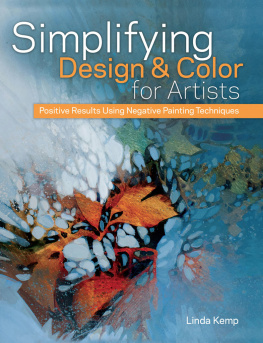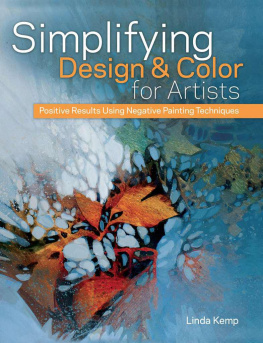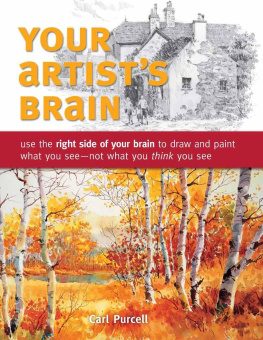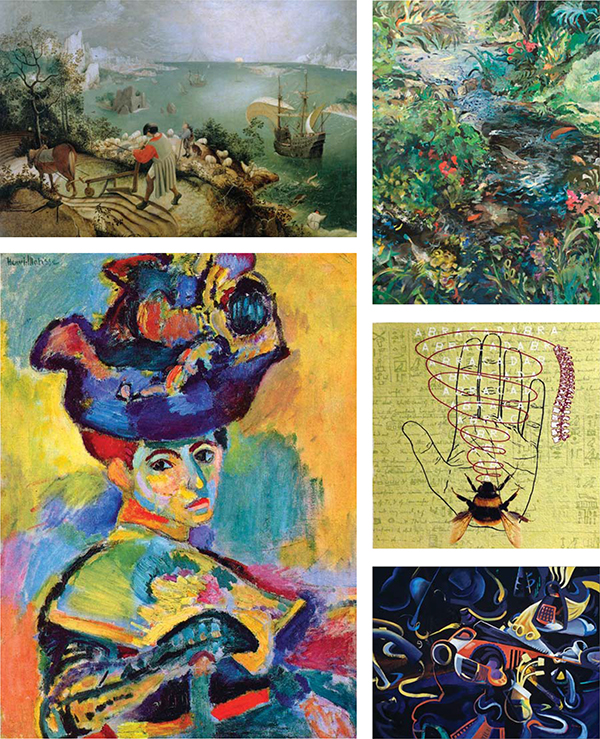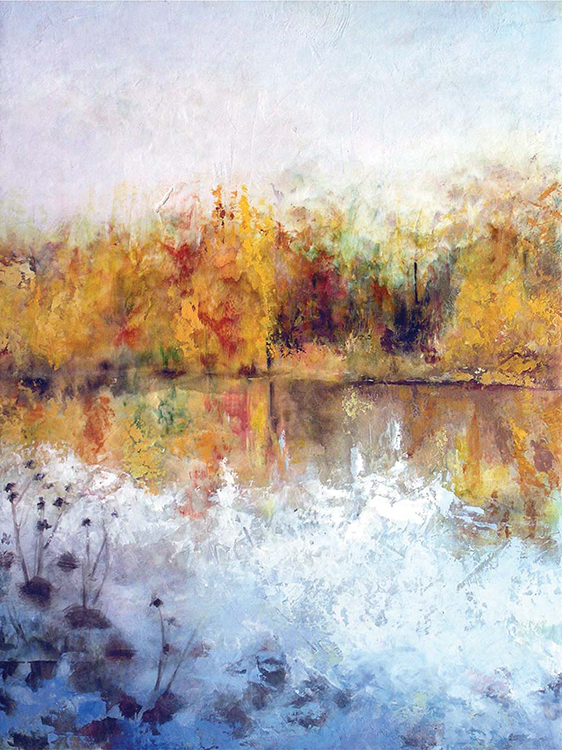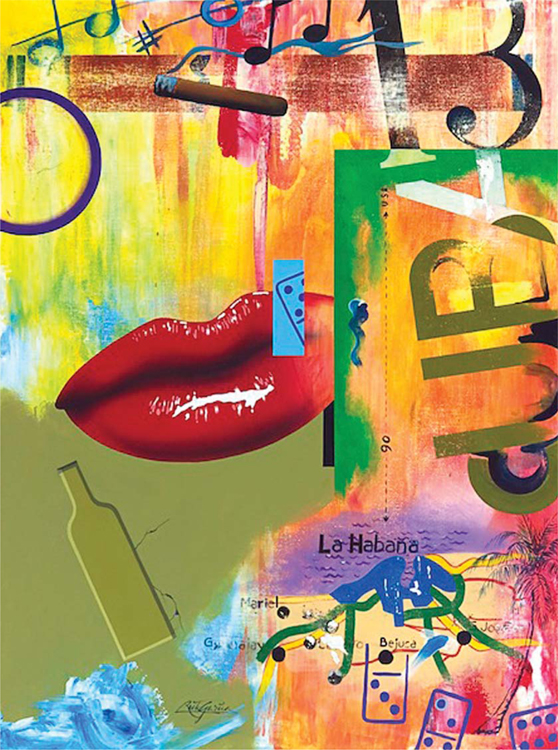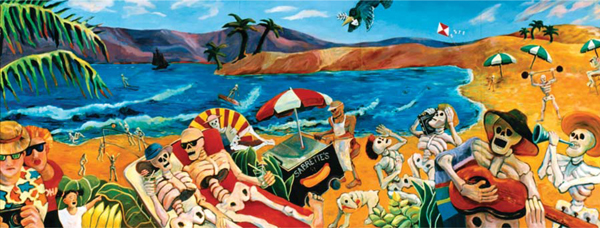Nancy Reyner - Create Perfect Paintings: An Artist’s Guide to Visual Thinking
Here you can read online Nancy Reyner - Create Perfect Paintings: An Artist’s Guide to Visual Thinking full text of the book (entire story) in english for free. Download pdf and epub, get meaning, cover and reviews about this ebook. year: 2017, publisher: North Light Books, genre: Art / Computer. Description of the work, (preface) as well as reviews are available. Best literature library LitArk.com created for fans of good reading and offers a wide selection of genres:
Romance novel
Science fiction
Adventure
Detective
Science
History
Home and family
Prose
Art
Politics
Computer
Non-fiction
Religion
Business
Children
Humor
Choose a favorite category and find really read worthwhile books. Enjoy immersion in the world of imagination, feel the emotions of the characters or learn something new for yourself, make an fascinating discovery.
- Book:Create Perfect Paintings: An Artist’s Guide to Visual Thinking
- Author:
- Publisher:North Light Books
- Genre:
- Year:2017
- Rating:5 / 5
- Favourites:Add to favourites
- Your mark:
Create Perfect Paintings: An Artist’s Guide to Visual Thinking: summary, description and annotation
We offer to read an annotation, description, summary or preface (depends on what the author of the book "Create Perfect Paintings: An Artist’s Guide to Visual Thinking" wrote himself). If you haven't found the necessary information about the book — write in the comments, we will try to find it.
The Ultimate Resource and Reference Guide for Artists!
Discover an innovative self-critique method that will empower you to answer the artists most common questions, Now What? and Is it Finished? as you learn to identify and overcome painting issues faced by artists regardless of medium or style. With hundreds of insights, tips, illustrated techniques and ideas, Create Perfect Paintings shows you how to push your work to the next level by strengthening your perception, technical skills and visual thinking.
Exercises and examples illustrate how to critique your own creations and then evaluate them step by step for further improvement. You will compare illustrations, and learn to identify and modify artistic choices--from negative space and color ratio to controlling eye movement, depth and contrast--to see their impact and help you use them to the best effect in your work. What youll find inside:
- Section 1: Essentials--Reviews and defines artistic terms and concepts.
- Section 2: Play Phase--Shows you how to tap into your right brain. Learn to challenge the process and break habits to free your spirit and inspire variety in your art; also covers materials, tools and surfaces
- Section 3: Critique Phase--Introduces a groundbreaking method of contemporary critique called The Viewing Game a comprehensive, systematic and fun way to analyze, edit and enhance your paintings.
- Sections 4 and 5--Bonus sections explore how to resolve creative blocks, convey artistic messages, boost your personal style, display your work and turn painting into a career.
May this book increase your productivity, add ease and flow to your creative process, clarify your ideas, add nuance to your personal style, and most importantly, add joy to the miraculous act of painting. --Nancy Reyner
Nancy Reyner: author's other books
Who wrote Create Perfect Paintings: An Artist’s Guide to Visual Thinking? Find out the surname, the name of the author of the book and a list of all author's works by series.

